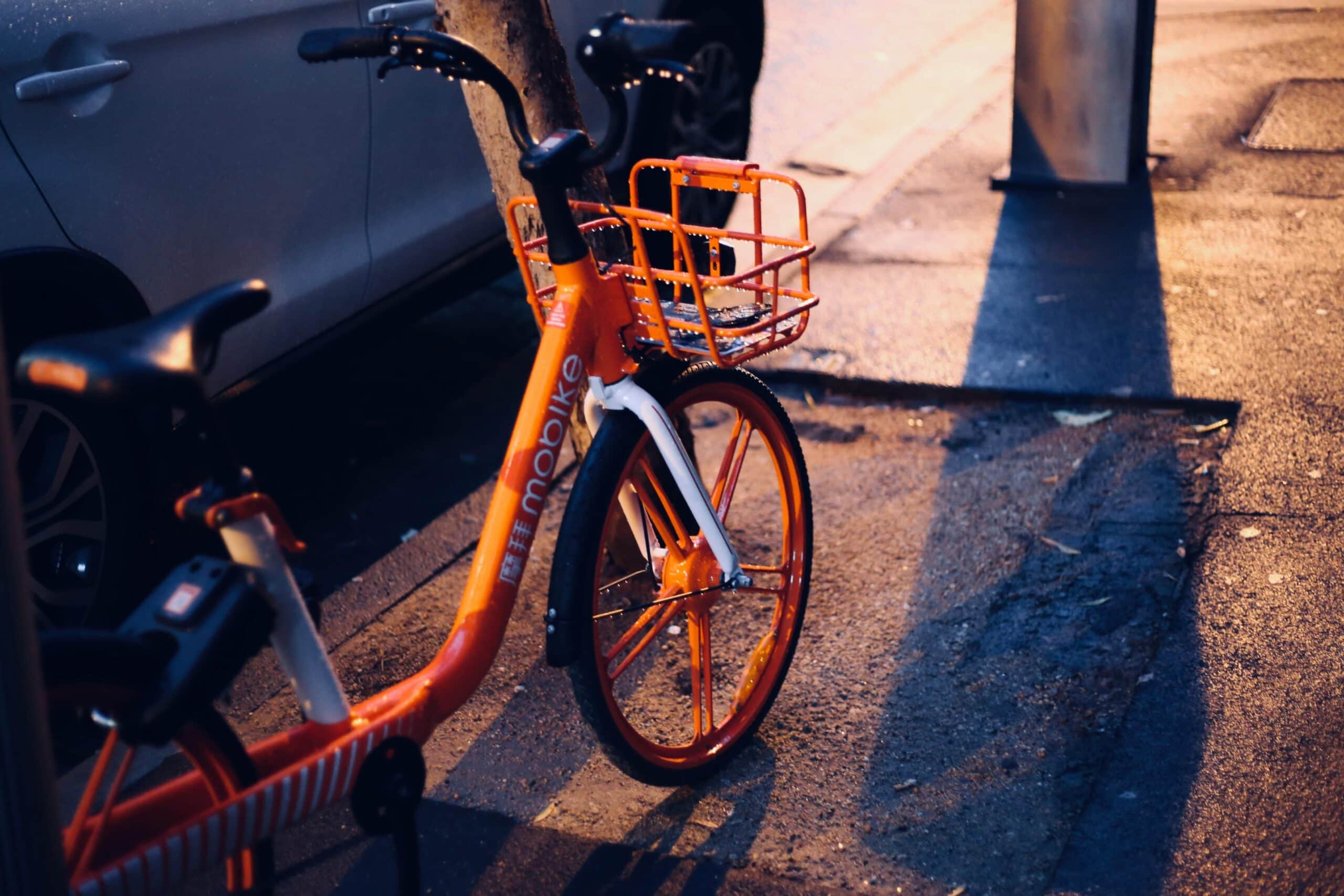In the post-pandemic age, motorized bicycles have become increasingly popular in Nevada due to several reasons, including soaring fuel prices, less traffic wait times, and minimal route constraints. Overall, these cheap and innovative alternatives to cars and motorcycles are an excellent form of transportation in busy cities like Carson City and Las Vegas. However, they can also be dangerous.
Therefore, riders must comply with Nevada motorized bicycle laws to ensure their safety and the safety of others. However, Nevada law doesn’t specifically define what a motorized bicycle is. Instead, it breaks them down into two types – electric bicycles and mopeds.
In this post, we’ll explore the key differences between these two bike types and share the most important motorized bicycle laws in Nevada.
Electric Bicycles Vs. Mopeds
Electric bicycles are bikes with two or three wheels equipped with a small electric engine producing up to one horsepower and 750 watts of power. It can reach speeds up to 20 miles per hour on flat roads, depending on the rider’s weight. In contrast, mopeds are more similar to scooters. They produce around 1,500 watts of power and up to 2 horsepower. Moreover, they can transport two people.
An Overview of Motorized Bicycle Laws in Nevada
Below are some of the main Nevada motorized bicycle laws you should know about. Please note that laws may vary depending on the type of bicycle you own (electric bike/moped/other), so make sure you consult with a Nevada bicycle accident attorney to ensure you do your due diligence:
1. All Motorized Bicycle Accidents Should be Reported
If you’re involved in a collision with another vehicle that results in injuries and bike damage, you’re legally required by Nevada law to report the incident to the police if the accident occurred on a public road.
2. Liability is Determined through Negligence
If a motorized bicycle accident in Nevada leaves you injured, your legal claim will be made following Nevada’s comparative negligence standard. As a result, you’ll be legally liable for any damage or injuries caused by your negligence. For instance, if you were found violating any rules, you may not be able to pursue financial compensation unless the defendant was also negligent.
3. Nevada Motorized Bicycle Riders Must Be Paid Full and Fair Compensation
Nevada law mandates negligent parties to compensate motorized bicycle accident victims in full to ensure they’re fully covered for damages and medical expenses. However, getting full and fair compensation isn’t easy. You’ll need a highly skilled and knowledgeable lawyer specializing in bicycle accidents.
4. Moped Riders Must Wear Protective Headgear
Electric bicycle riders in Nevada aren’t legally required to wear helmets or any type of protective headgear, even though it’s highly recommended that they do. However, moped riders are required to wear helmets weighing at least three pounds and with a one-inch layer of polystyrene foam for protection.
5. Moped Riders Must Possess a Driver’s License
Electric bicycle riders aren’t legally required to get a license to ride their bikes in Nevada. However, moped riders must possess a Class C license since these vehicles are treated as standard automobiles.
Contact a Nevada Bicycle Accident Lawyer Right Away!
If you’re involved in a motorized bicycle accident in Nevada, get in touch with the Bourassa Law Group ASAP for a free consultation. Our team of experienced Nevada bicycle accident lawyers will take all the necessary steps, such as gathering evidence, filing paperwork, and representing you in court, to ensure you get maximum compensation for any injuries or damage.
So, give us a call at (800)870-8910 to learn about our legal services, and let us help you get the compensation you deserve.





